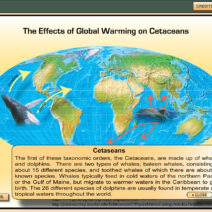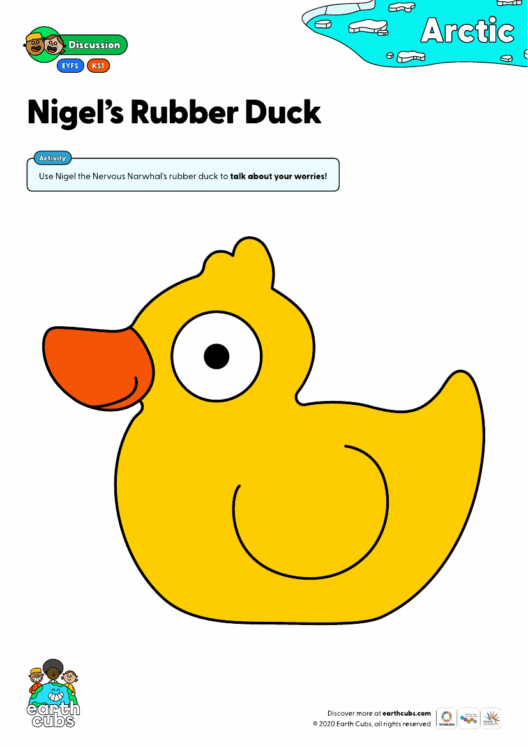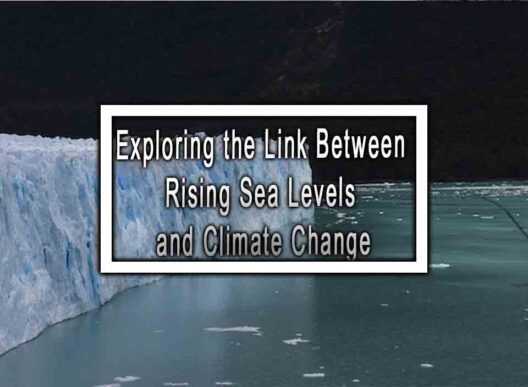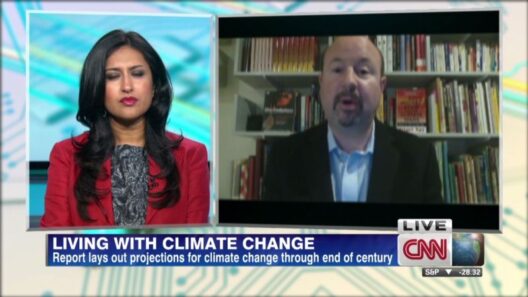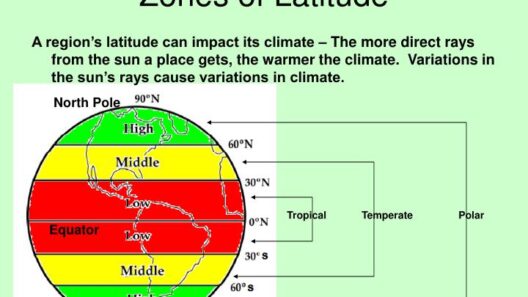When the word “climat” appears, one might assume it to be a typographical error of the more familiar term “climate.” Yet, upon closer examination, it reveals layers of meaning that challenge preconceived notions. Is it simply a slip of the fingers on the keyboard, or does it indeed have significance worth exploring? The journey to uncover the essence of “climat” invites a playful reflection on language, scientific discourse, and environmental awareness.
Understanding the usage of “climat” presents an interesting conundrum. This term roots itself in the Latin word “climatis,” which refers to the slope or inclination characteristic of geographical locations. Over time, it evolved into the contemporary understanding of climate as we know it, embracing atmospheric conditions, long-term weather patterns, and global phenomena affecting the environment. Yet this brief etymological detour begs the question: How can a single letter elicit implications that stretch beyond mere semantics?
To comprehensively explore the implications of “climat,” it is crucial to delineate its pertinence in various contexts. Navigating the labyrinth of definitions, let’s dissect related fields: meteorology, geography, and sustainability.
The Meteorological Context
In the realm of meteorology, “climat” could be interpreted as a succinct abbreviation, perhaps a regional vernacular. Meteorologists often analyze data concerning climatic variations—spanning from short-term incidents to decades-long records—to track climate change and its ramifications. This nuanced sub-discipline illustrates the imperative of precise terminology. A minor slip in terminology, especially in highly specialized fields, can lead to misinterpretations, potentially resulting in misguided policies or public perceptions.
Through meteorological observation, scientists discern patterns that govern weather phenomena, drawing distinctions that assist governments in formulating responsive strategies. The playfulness of “climat” raises an essential question: How important is precise language, and what implications arise when terms morph or assimilate into different contexts? Are we inadvertently diluting the urgency or gravity of climate conversations by failing to articulate our thoughts accurately?
The Geographical Perspective
Diving into geography, the term “climat” encompasses the multifaceted interactions between physical landscapes and their climatic conditions. Various regions around the globe exhibit distinct climates informed by geographic criteria, such as altitude, latitude, and ocean currents. Such intricacies shape habitats, biodiversity, and the anthropogenic impact on ecosystems.
Here lies a playful challenge: Could “climat” serve as a metaphorical lens through which we view our geographical consciousness? How different would our approach to sustainable practices be if we contemplated “climat” as a call to action? By embracing this term, we engage with a paradigm that reinforces the symbiosis between humans and their environments. It pushes us to reassess our roles as stewards of the Earth, fostering an sense of responsibility amid the complexities of climate-related challenges.
The Sustainable Future
As the modern discussion shifts towards sustainability, “climat” engages a broader array of themes. It compels society to reconsider the fragility of ecosystems and the pressing necessity for sustainable development. Global warming, resource depletion, and habitat destruction dominate environmental dialogues and necessitate innovative solutions. Could “climat” become a rallying cry for an inscrutably connected future?
In theoretical frameworks, recognizing “climat” in relation to sustainability warrants an exploration of how littoral adaptations lead to greater resilience. By examining localized practices contingent upon unique climatic conditions, communities can foster pragmatic responses that are not only environmentally conscious but culturally empowering. The term challenges us to think beyond conventional paradigms and encourages a deeper connection to one’s surroundings.
The Playful Inquiry of Terminology
Stepping back from scientific discourse, the playful inquiry into “climat” reveals a deeper exploration of language itself. Do words shape our perceptions? The idea that “climat” could simply exist as a misprint can incite lively discussions about the evolution of language and the significance of precise terminology in our collective consciousness. As languages morph, so do their meanings, compelling society to adapt.
Moreover, one might ponder the inevitable implications of this evolving lexicon on public policy and societal norms. If the public begins to embrace “climat” over “climate,” what changes might transpire in awareness and action? Should we be concerned about the accuracy of language, or can characteristically borrowed terms represent a fluid approach to communication? The inquiry prompts a philosophical musing: As our urgency to address climate challenges intensifies, do we need to rethink how we articulate our commitment to action?
Concluding Thoughts
The exploration of “climat” as both a possible typographical error and a distinctive term propels a dialogue that underscores the critical role language plays in environmental discourse. This journey reflects the broader shifts in thought centered around climate change, geography, and sustainability, urging society to confront pressing challenges with renewed clarity and creativity.
The richness of “climat” lies in its potential to challenge perceptions, inspire new language practices, and encourage genuine environmental engagement. In the quest for survival and sustainability, may we empower ourselves with precise terms that echo the urgency and inevitability of our collective mission to safeguard our planet.
